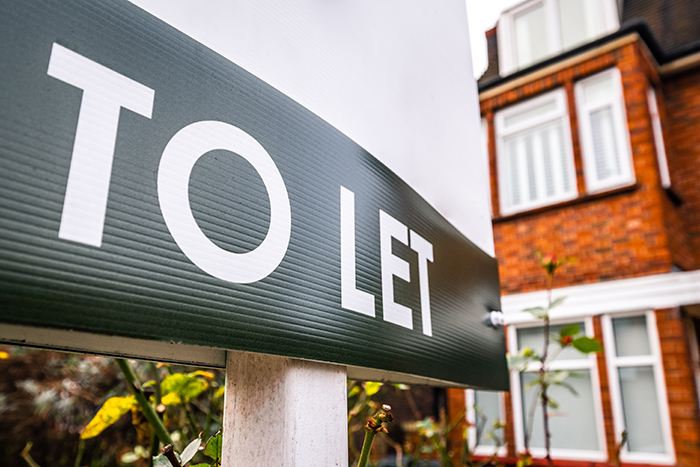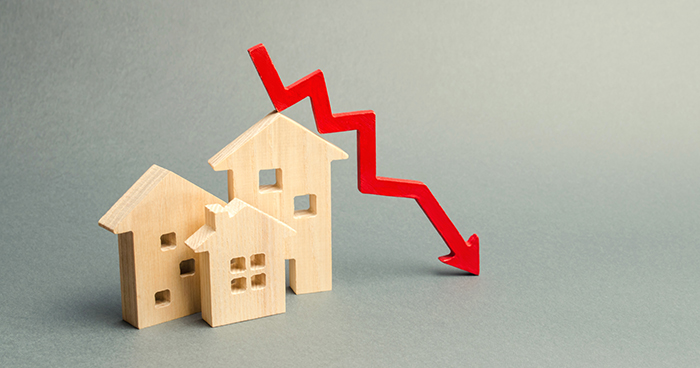
House prices shot up by 13% on an annual basis in June, says Halifax in its latest house price index.
This is the strongest annual growth rate seen since late 2004.
It translates to a monthly rise of 1.8%, itself the biggest monthly rise since early 2007, and puts the average house price at £294,845, according to Halifax’s calculations.
Providing a regional breakdown, the data shows that Northern Ireland locked the biggest annual increase, at 15.2%, putting the average property price at £187,833, while house prices in Wales rose 14.3% – giving an average house price of £219,281.
In Scotland, house prices rose 9.9%, which means the average house price in the country, at £201,549, pushed past £200,000 for the first time in history.
And within England, the South West saw the highest house price rises in June, at a growth rate of 14.2%. Here, the average house price now sits at £308,128.
Halifax managing director Russell Galley says the UK housing market has “defied any expectations of a slowdown.”
He says: “The supply-demand imbalance continues to be the reason house prices are rising so sharply,” adding: “Property prices so far appear to have been largely insulated from the cost of living squeeze.
“This is partly because, right now, the rise in the cost of living is being felt most by people on lower incomes, who are typically less active in buying and selling houses. In contrast, higher earners are likely to be able to use extra funds saved during the pandemic, with latest industry data showing that mortgage lending has increased by the highest amount since last September.”
Garrington Property Finders chief executive Jonathan Hopper says: “If Britain is heading for a recession and political limbo, the property market didn’t get the memo.
“But such strong price growth is no longer the product of a market brimming with confidence. Instead, the running is in many cases being made by people’s desperation to find a home before interest rates rise further and the cost of living crisis bites deeper.
“With the UK once again without a housing minister and insufficient homes to meet demand, prices are still lurching higher. But the price momentum can only last so long in the face of rapidly weakening consumer confidence. With millions of Britons simultaneously grappling with surging fuel, energy and food prices, economic gravity will reassert itself in the second half of 2022.”
And IMMO director Anna Clare Harper comments: “The reason behind annual house price growth of 13% is simple: supply is insufficient, and new supply is too slow to meet rising demands. This problem is being made worse by uncertainty and volatility, which is making housing seem a relatively safe place to put money.
“Meanwhile, supply chain challenges include construction material price inflation of 20 per cent-plus and there are ongoing planning backlogs from lockdown. On top of this, relative to house prices, money is still relatively cheap to borrow.
“This supply-demand imbalance – the fundamental problem – will likely be made worse by policy tinkering, such as the proposed extension of the right-to-buy discount scheme for social tenants to those in housing association properties. It seems foolish to encourage further demand when we are not meeting existing market demand.”



